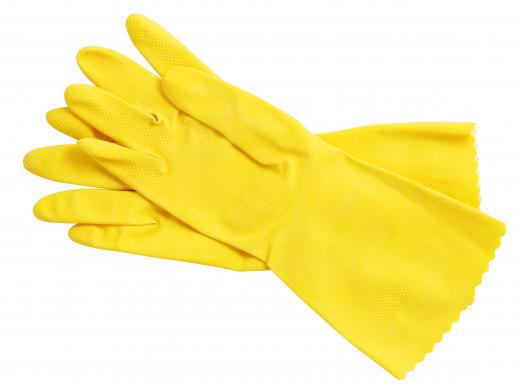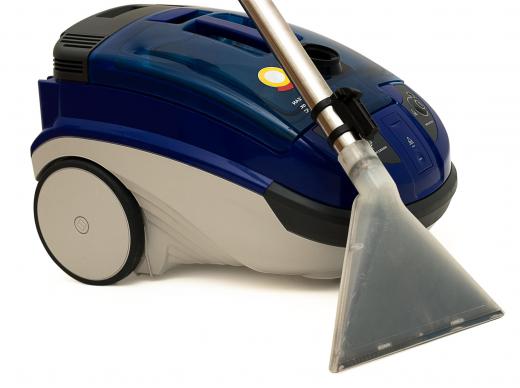Soot is a fine black to brown powder formed through incomplete combustion. The process that forms it also makes it slightly sticky, and it can be found clinging to things like chimneys and exhaust pipes as a result. In addition to being a byproduct of the combustion process, soot can also be useful; it has been utilized for centuries as a source of pigment for inks and dyes, for example. Many consumers are familiar with some form of it, since combustion is such a common process in daily life.
In order to form soot, an object must be burned at a comparatively low temperature with a reduced supply of oxygen. As the fuel burns, it breaks up into small particles; in the right conditions, these particles include soot, which will settle out as a dark powdery deposit. For an example, a person can try holding a heat-safe glass over a lit candle for a moment; a streak of black material will appear where the flame came into contact with the glass.

This material is also called lampblack or carbon black. Carbon black is used in the vulcanization process to treat rubber, and it is also used in a wide range of pigment, paint, and dye products, ranging from crayons to fine ink for fountain pens. Historically, people also used it in cosmetics, or as part of camouflage paint. It's also used in toners for laser printers and copiers.

Like some other products of combustion, soot can be harmful. Incomplete combustion promotes the formation of dioxins and other compounds which can be toxic, and particulate matter can be harmful to the lungs. During the Industrial Revolution, this pollution from factories was linked with serious health problems in the neighboring community as people routinely inhaled it, causing irritation in their lungs.

In things like chimneys, soot can also create clogs, causing a range of problems. A clogged chimney will not draw as efficiently, so they can tend to cause smoky fires or inefficient use of fuel. This material can also be dislodged from a chimney, causing a gust of black, sticky particles to enter a house. It can also cause chimney fires if it is allowed to build up, which is why it is important to regularly clean chimneys, stove hoods, and other piping that is designed to deal with the byproducts of combustion.
Ever since she began contributing to the site several years ago, Mary has embraced the exciting challenge of being a About Mechanics researcher and writer. Mary has a liberal arts degree from Goddard College and spends her free time reading, cooking, and exploring the great outdoors.

